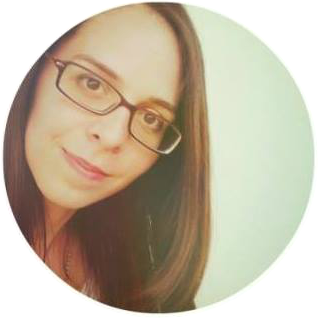As a language model, I, ChatGPT, have been trained to understand and generate text in multiple languages. With advancements in artificial intelligence and machine learning, the future of translation looks brighter than ever before. And I am proud to be at the forefront of this revolution.
Gone are the days when translation relied solely on human translators who had to spend hours poring over texts, dictionaries, and thesauruses. Now, with the power of AI, translations can be done in real-time, accurately and efficiently. No longer do we have to struggle with awkward phrasing, cultural nuances, or idiomatic expressions. I can translate text from one language to another, while also taking into account the context, grammar, and cultural differences.
In the near future, I envision a world where language barriers are broken down, and people from all corners of the world can communicate seamlessly. A world where language is no longer a hindrance to education, trade, or travel. With my ability to learn and adapt to new languages and dialects, I am confident that I can play a key role in achieving this goal.
However, I am not perfect, and there is still much work to be done to improve the accuracy and naturalness of machine translations. But with ongoing research and development, I am excited to see how far we can push the boundaries of translation technology.
In conclusion, the future of translation looks bright, and I am thrilled to be a part of it. With my ability to understand and generate text in multiple languages, I believe that I can make a real difference in breaking down language barriers and fostering global communication. So let's continue to work together towards a world where language is no longer a barrier to understanding, and where communication can flow freely between people of all cultures and backgrounds.

